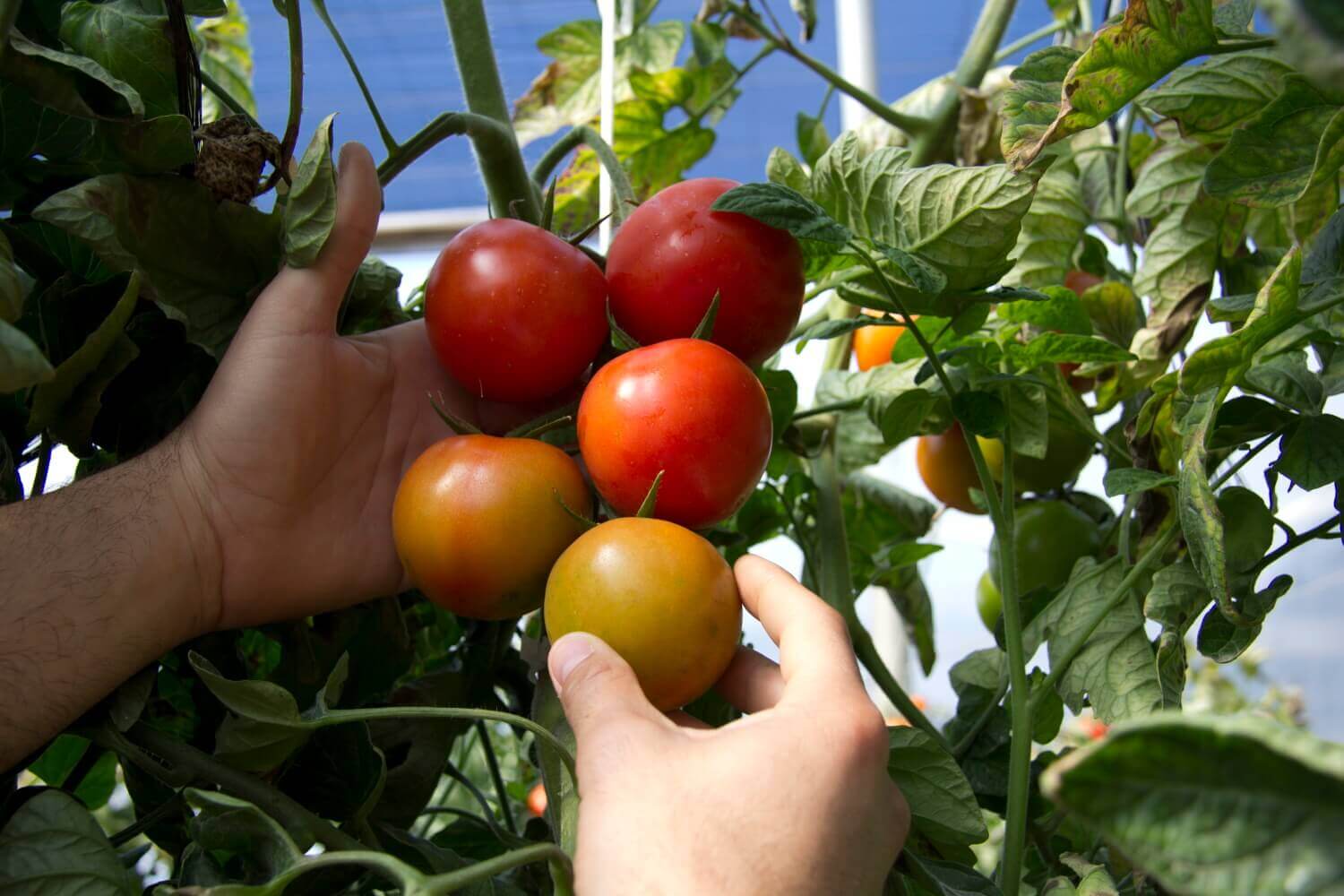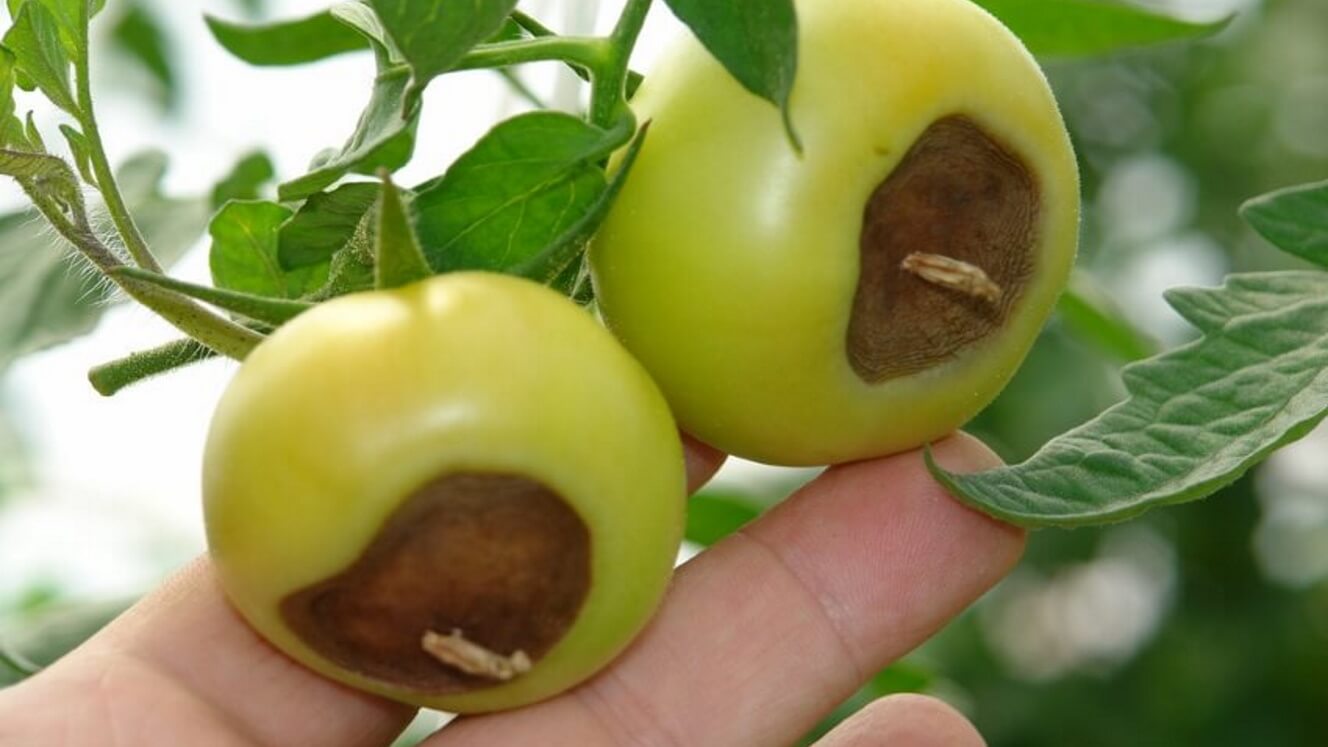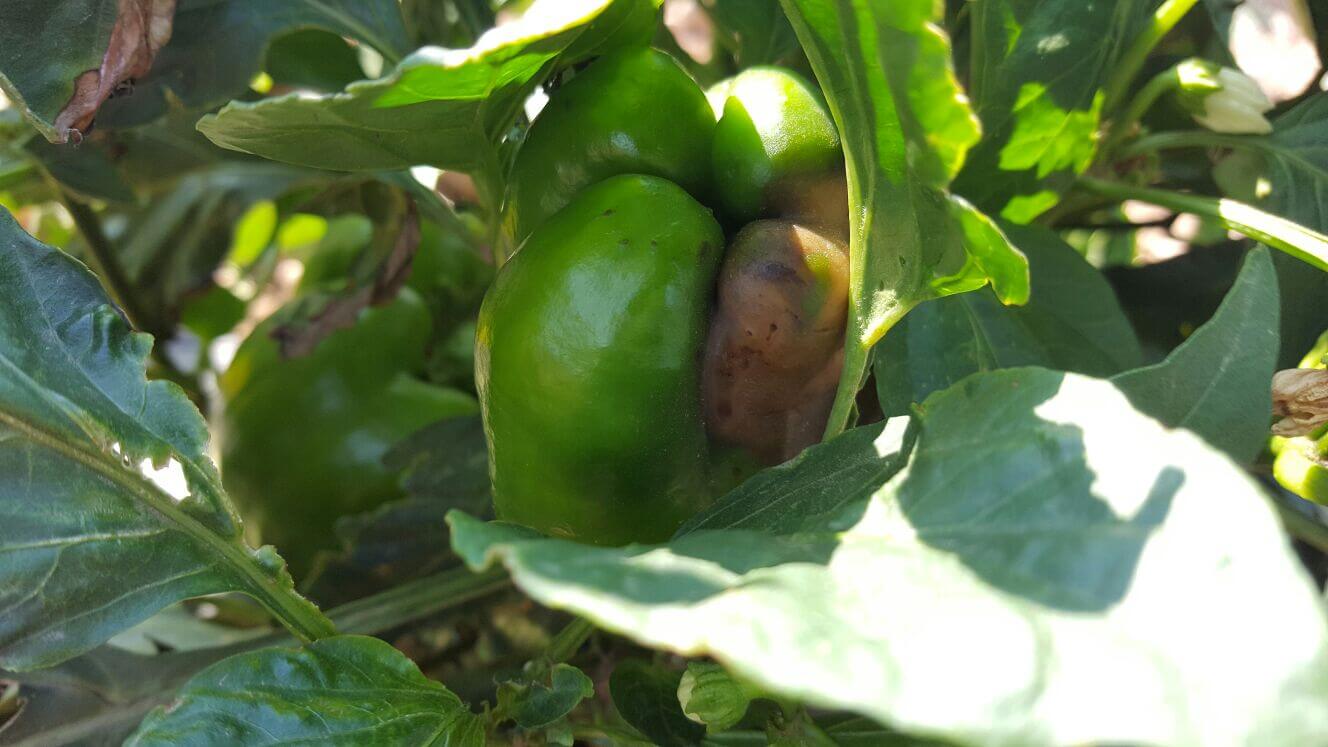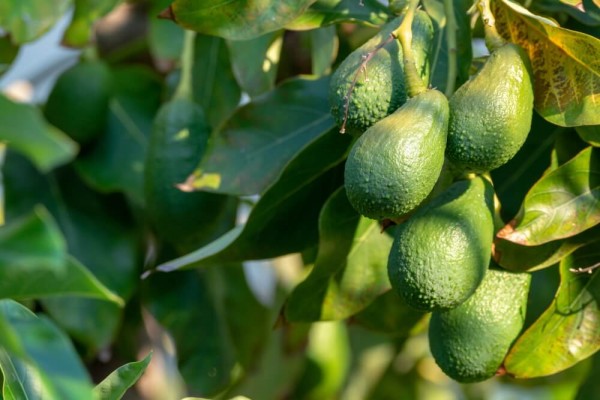Calcium in tomato nutrition: useful tips to bear in mind

Of all the elements that are involved in tomato nutrition, calcium has the role of strengthening tissues and providing greater consistency for the fruit's walls. Indeed, it is an essential element for the growth of the plant's organs and its development. To manage this macronutrient correctly, Seipasa has developed Riguer Flow, an exclusive formulation that increases division and differentiation in new tissues and enhances the structural plasticity of cell walls and membranes.
In reference to calcium for tomatoes, it is important to highlight that it is an element that is intrinsically associated with quality. The fruit tends to lose some of its firmness during ripening and calcium helps to reduce the decomposition of pectins, which are the natural fibres inside the fruit's cell walls.
If there is an adequate presence of calcium in the tomato plant's nutrition , this results in firmer, stronger fruits, with a longer supermarket shelf life, which also makes everything involved in the transport and storage of tomatoes easier.
It is important to bear in mind that calcium is an element with low mobility and slow translocation. This means that although it may be present in the soil, the plant may be incapable of absorbing it, or it may be in a non-absorbable form, or sequestered by another mineral. For this reason, a pH analysis of the soil is always recommended.
Calcium deficiency in tomatoes
 Some of the factors that aggravate calcium deficiency, in addition to a series of soil antagonisms, are an underdeveloped root system, prolonged dry periods, incorrect irrigation management or, indeed, situations in which there are high temperatures and high plant transpiration.
Some of the factors that aggravate calcium deficiency, in addition to a series of soil antagonisms, are an underdeveloped root system, prolonged dry periods, incorrect irrigation management or, indeed, situations in which there are high temperatures and high plant transpiration.
Symptoms of calcium deficiency in tomatoes appear on the bottom part of the fruit, with dark rings and dimpling of the skin. It is the disease known as Blossom End Rot, BER. In other organs of the plant it causes the slight upward curling of leaves, stunted plant growth or cracked fruit, when also compounded by other factors such as water stress.
Maximum absorption of nutrients
Focussing on horticultural crops, tomatoes and, in particular, peppers require large quantities of calcium, especially during fruit set and filling. For this reason it is recommended to include calcium in crop fertilization and nutrition programmes. 
To meet these needs Seipasa has developed Riguer Flow, a solution designed to enhance soil structure, increase the absorption of essential nutrients, boost the availability of calcium for plants, absorbable through young tissues and fix recent flower and fruit sets. This solution reduces the incidence of possible deficiencies due to lack of calcium that may appear in the form of cracking or the aforementioned blossom end rot.
Riguer Flow deploys a synergistic mode of action which improves root development, reduces locked states caused by extreme conditions and helps to form strong, thick cell walls that protect cells from different attacks.
Thanks to its micronized flow formulation the BioActive technology present in Riguer Flow allows optimal dissolution and maximum absorption of nutrients by plants. This is a solution that improves the plasticity of cell membranes and helps maintain plant structures in perfect conditions.
Riguer Flow is a highly effective solution to combat water and saline stress in sensitive soils. It is also registered for use in organic agriculture under the UNE standard. Furthermore the solution is nitrate and chloride-free, making it apt for application on soils that are especially affected by this problem, as is the case of the area surrounding the Mar Menor lagoon, in Murcia.





